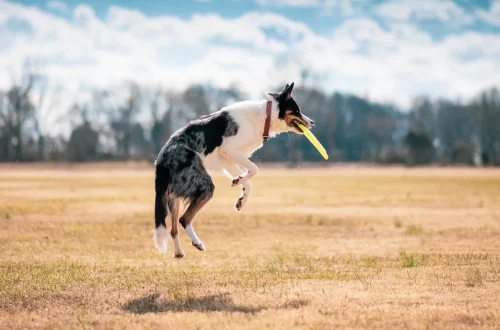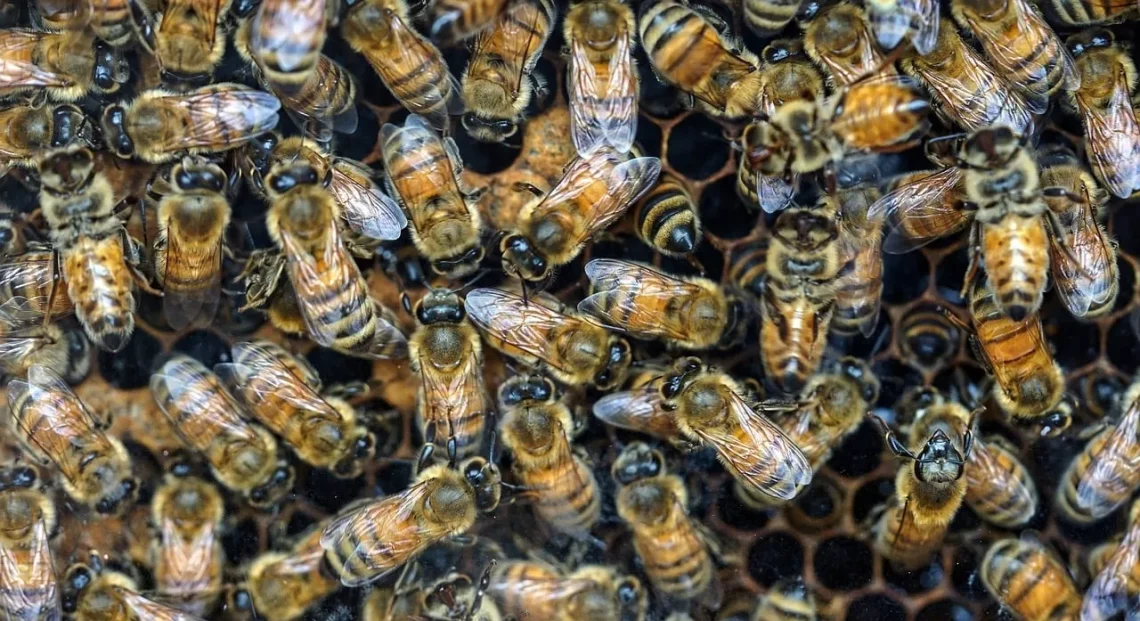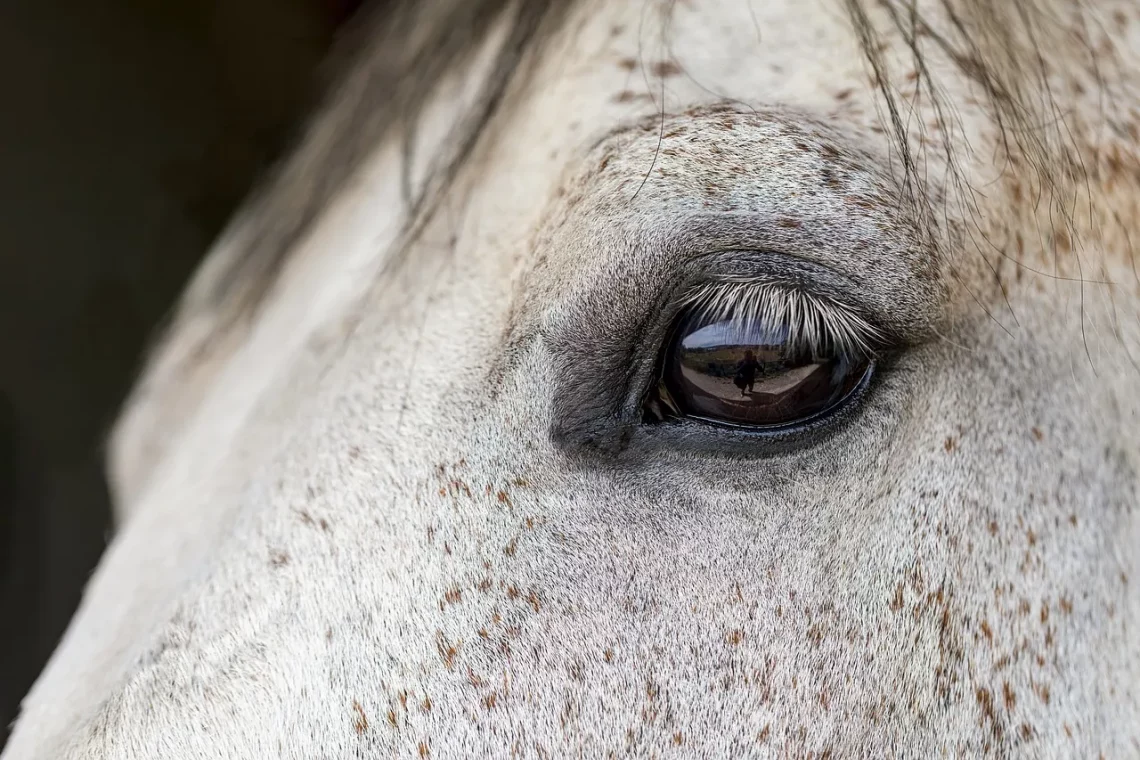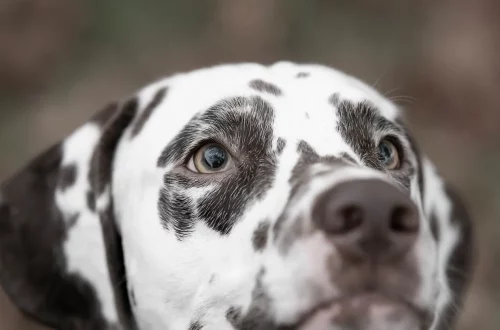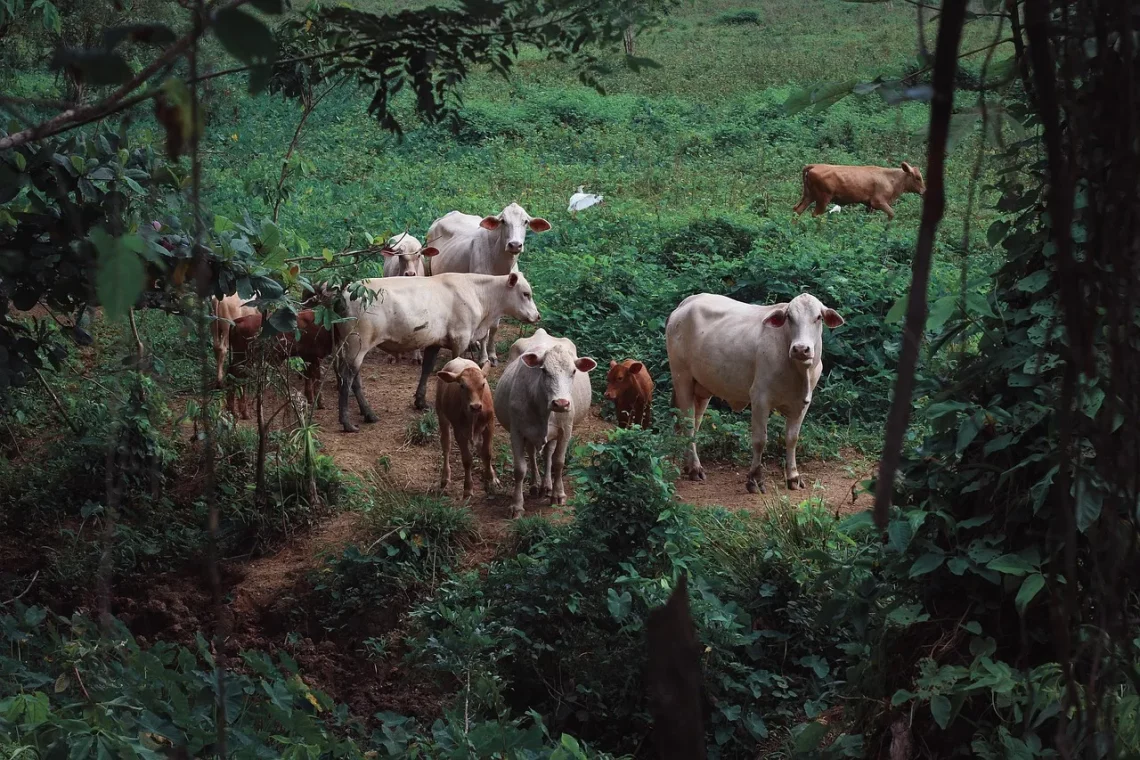-
Benefits of Using Nipple Waterers for Pigs in Sustainable Farming
Sustainable farming is becoming increasingly important in today’s world, where environmental concerns and the demand for ethical practices are at the forefront of agricultural discussions. As farmers seek innovative solutions to enhance animal welfare and reduce resource consumption, the focus has shifted towards more efficient methods of providing for livestock needs. One of these methods is the use of nipple waterers for pigs, a system that not only conserves water but also promotes healthier living conditions for the animals. Water is a critical component in swine nutrition and overall health, and ensuring that pigs have access to clean, fresh water is essential for their well-being. Traditional watering methods often lead…
-
The Unique Relationship Between Horses and Beehives in Nature
The intricate web of life on our planet often reveals surprising connections between seemingly disparate elements. One such fascinating relationship exists between horses and beehives, two entities that may appear unrelated at first glance. Horses, as magnificent and intelligent creatures, have long held a special place in human culture, symbolizing strength, freedom, and grace. They inhabit a variety of environments, from lush pastures to rugged terrains, and possess a unique ability to adapt to their surroundings. On the other hand, beehives, bustling communities of bees, serve as vital players in the ecosystem. These tiny yet industrious insects are essential for pollination, which is crucial for the growth of many plants…
-
Exploring the Impact of Seasons on Nature and Human Life
The changing seasons are a fundamental aspect of life on Earth, influencing everything from weather patterns to the behavior of animals and plants. Each season brings its own unique characteristics, shaping the environment and impacting human activities in profound ways. As the Earth rotates and orbits the sun, it experiences variations in temperature, sunlight, and precipitation, creating a natural rhythm that governs the cycles of life. These seasonal shifts not only enhance the beauty of landscapes but also serve as a reminder of the interconnectedness of all living organisms. Human beings, in particular, have adapted to these changes over millennia, developing traditions, agricultural practices, and even emotional responses that align…
-
Can Cows Eat Catnip? Exploring the Effects on Their Diet
Cows have long been recognized as herbivores, primarily grazing on grass, hay, and various forms of forage. However, the exploration of their dietary habits often leads to interesting questions about what other types of plants might be beneficial or detrimental to their health. One such plant that piques curiosity is catnip, known scientifically as Nepeta cataria. Traditionally associated with feline behavior, catnip has gained attention for its potential effects on other species as well. In agricultural practices, understanding the dietary preferences and tolerances of livestock is essential for optimizing their health and productivity. Farmers often seek to diversify the diets of their cattle to enhance nutrition and improve overall well-being.…
-
The Unique Bond Between Lambs and Dogs in Farm Life
Farm life is a tapestry woven with numerous threads, each representing different elements of nature and nurturing. Among these, the relationship between animals on the farm showcases some of the most heartwarming and fascinating dynamics. While many people are familiar with the roles various farm animals play, the bond between lambs and dogs often remains underappreciated. This unique connection is not just a product of coexistence but a partnership rooted in instinct, training, and mutual benefit. At the heart of this interaction lies the dog’s instinctual herding behavior and the lamb’s natural vulnerability. On farms, dogs are not merely pets but vital working animals that assist in managing livestock. Their…
-
Understanding Force Feeders: Benefits and Ethical Considerations
Force feeding, a practice often associated with animal husbandry, raises significant concerns regarding animal welfare and ethical treatment. This method, employed to increase the size of livestock for human consumption, has sparked widespread debate among animal rights activists, farmers, and consumers alike. Proponents argue that force feeding can enhance productivity, while opponents contend that it inflicts undue suffering on animals. The complexity of this issue is further compounded by the cultural, economic, and regulatory factors that influence agricultural practices around the world. Within this context, understanding the implications of force feeding—both its benefits and ethical considerations—becomes paramount. As society grapples with the moral implications of food production, the conversation around…
-
What Kills Bees Instantly: Top Threats to Their Survival
Bees play an essential role in our ecosystem, serving as vital pollinators for a vast array of plants. Their work not only supports biodiversity but also underpins global food production. Unfortunately, these industrious insects face numerous threats that can lead to their rapid decline. Factors such as habitat loss, climate change, and pesticide exposure are increasingly jeopardizing their survival. As we delve into the various dangers that bees encounter, it becomes apparent that urgent action is needed to protect these crucial members of our environment. Understanding the specific elements that contribute to their decline can help us develop more effective conservation strategies. The plight of bees is not just a…
-
Discovering the Largest Horse Breed in the World
The world of horses is a diverse and captivating one, filled with various breeds that each have their own unique characteristics and histories. Among these breeds, some stand out for their size, strength, and majestic presence. The fascination with the largest horse breed in the world transcends mere admiration; it reflects humanity’s long-standing relationship with these incredible animals. Horses have played significant roles in agriculture, transportation, and even warfare, serving as loyal companions and powerful allies throughout history. The sheer physicality of larger breeds captures the imagination, as their impressive stature and strength often symbolize power and grace. These magnificent creatures have been bred for specific purposes, from pulling heavy…
-
Exploring the Charm of Miniature Cattle Breeds for Small Farms
Miniature cattle breeds are becoming an increasingly popular choice for small farms and homesteaders looking to diversify their livestock options. These charming animals offer a unique blend of practicality and aesthetics, making them an attractive option for those with limited space. Unlike their larger counterparts, miniature cattle are manageable in size, which allows for easier handling and care. Their smaller stature does not compromise their versatility; they can be raised for milk, meat, or simply as beloved companions. As the demand for sustainable farming practices continues to grow, many farmers are seeking ways to maximize their land’s productivity while minimizing their environmental footprint. Miniature cattle fit this niche perfectly, requiring…
-
Exploring the World of Miniature Cattle Breeds and Their Unique Traits
The world of agriculture is incredibly diverse, with countless breeds of livestock that each offer unique traits and benefits. Among these, miniature cattle breeds have gained popularity for their manageable size and charming demeanor. These compact animals are not just adorable; they also serve various purposes in farming, from providing milk and meat to serving as companions or show animals. Miniature cattle are ideal for small farms, hobbyists, and even urban settings, where space is often limited. The appeal of miniature cattle extends beyond their size. Many of these breeds exhibit fascinating characteristics, such as distinct coloration, temperament, and adaptability to different environments. As interest in sustainable farming practices grows,…











